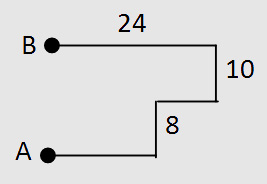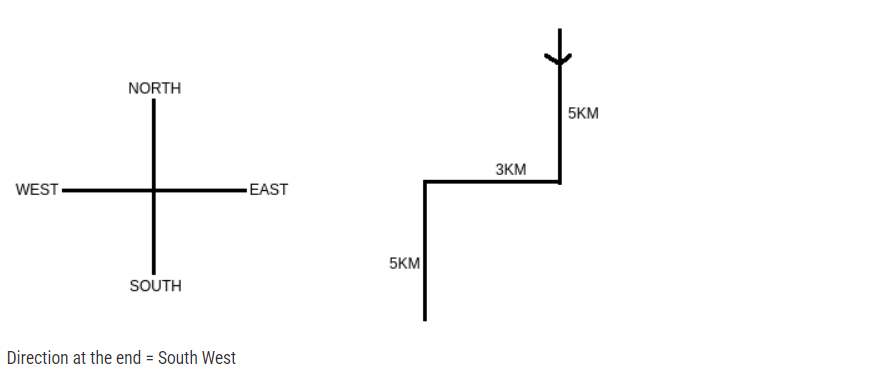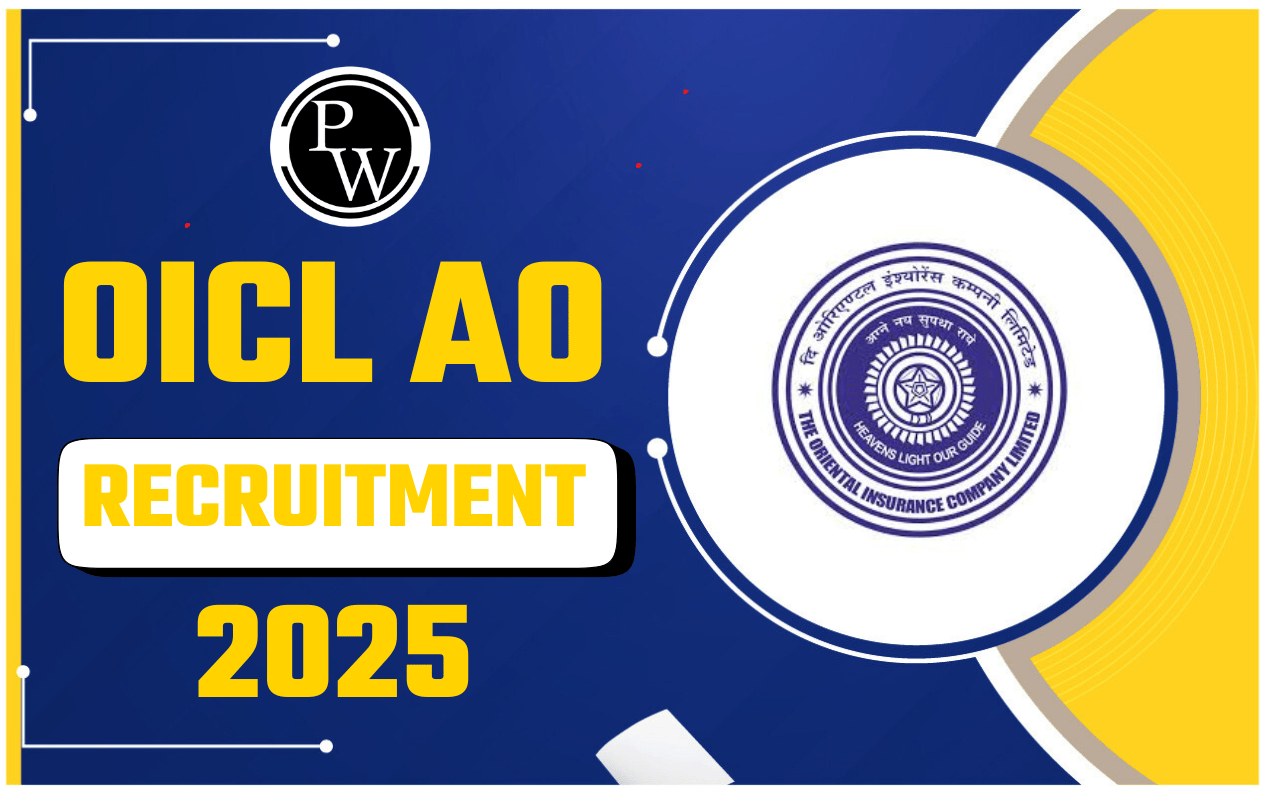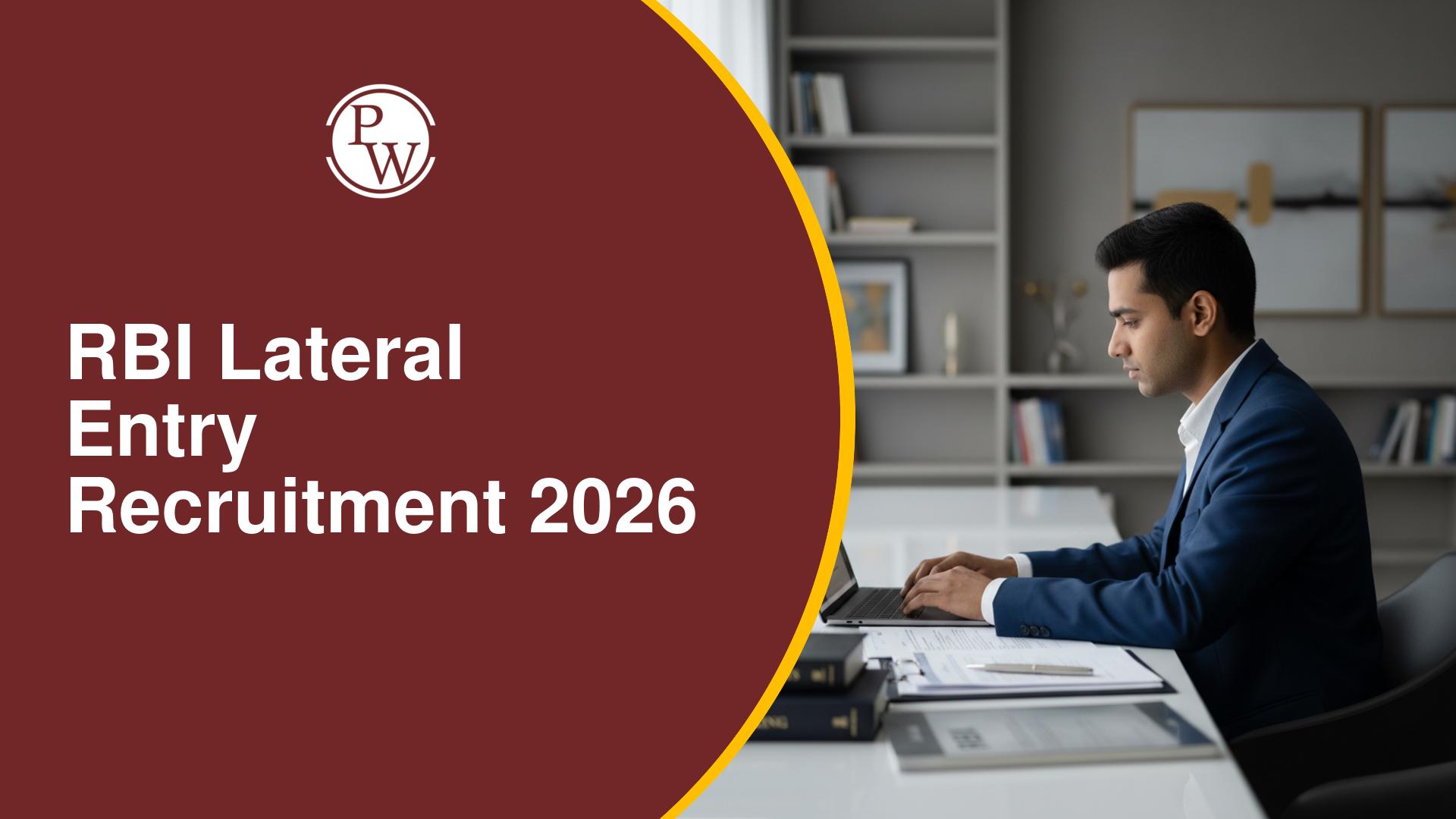
Direction Questions: Direction Sense questions also called distance and direction-based questions play an important role in banking and insurance reasoning like IBPS PO, SBI PO, SBI Clerk, IBPS Clerk, RRB Assistant, RRB Scale 1, LIC Assistant, LIC AAO, etc. and various competitive exams. Investing time in improving your sense of direction is critical to success in this category of reasoning problems. To enhance your knowledge of Orientation and Sensory Questions, PW has thoughtfully prepared a collection of Orientation and Sensory Questions available on our website. We have provided the Direction questions to help you practice and strengthen your understanding of the topic.
Direction Questions
Direction questions usually involve interpreting directions and distances and locating an object or person from a certain point. These questions often require candidates to visualize a spatial arrangement, apply logical reasoning, and draw conclusions from the information provided. Topics covered may include directions (north, south, east, west), angles (right, left), distances (short, long), and movements (clockwise, Anticlockwise).Concepts of Direction Questions
Mastering the basics of directional questions is critical to accurate navigation and orientation. These basic concepts revolve around understanding a directional diagram, left-to-right motion, and both counterclockwise and clockwise.Basic Instructions
You must know the basic instructions well. A directional map acts as a compass for pointing and naming directions. This chart includes the eight cardinal points: North, Northeast, Northwest, East, West, South, Southeast, and Southwest. These directions are central reference points for solving direction tasks.Gradual Rotation
You need to know how a person's orientation changes when they rotate their position by a few degrees. For example, a person facing north turns 90 degrees to the right and starts facing east.Turn left or right
Turn north, a left turn leads west and a right turn leads east. In the west, a left turn leads to the south and a right turn leads to the north. In the east, a left turn will take you north, while a right turn will take you south. In the south, a left turn leads to the east and a right turn leads to the west.Turn Anticlockwise and clockwise
When a person turns left, it moves Anticlockwise. On the other hand, when he turns to the right, he moves clockwise.Steps to Solve Direction & Sense Questions
Step 1: Create a reference point
Let's say you are at a specific location, usually called the origin point. This section will help you navigate the question.Step 2: Read and understand the instructions
Read the relevant instructions carefully. Note all changes of direction, distances and turns mentioned.Step 3: Start from the first instruction
Start at the starting point (your reference point) and follow the first instruction. For example, if the question is "A moves 5 km north", move 5 km north from your starting point. If it helps, you can draw this movement as an arrow or line on paper.Step 4: Handle Directional Changes
If the instructions include a directional change, make the change as specified. For example, if the next command is "turn right and go 10km east", turn right from your current location and go 10km east.Step 5: Repeat as needed
Follow the instructions one by one and adjust your position accordingly. Remember to always reference and move to a specific datum (origin point).Step 6: Calculate Final Position
After completing all moves as instructed, calculate your final position. You can visualize your path with a diagram or sketch and determine your final location.Step 7: Answer the question
Based on your final location, answer any questions related to the distance, direction, or location specified in the original question. By breaking the instructions into clear steps and constantly referencing your starting point, you can systematically solve direction-based questions with confidence. This approach ensures that you follow the instructions correctly and get the correct answer.Direction Sense Questions and Solution
Q1. Ajay walks 24 km towards East and turns to right hand side and takes a drive of another 10 km. He then turning to his right (drives towards West) another 10 km. He then turns to his left & walks another 8 km. After that, he turns to his right & travels 14 km. How far is he from his initial point & in which direction?
 AB =10 + 8 = 18 South
AB =10 + 8 = 18 South
Solution: Now, according to the question,

Now, to the Distance between A and B = √( 62 + 82) (By Pythagoras’ theorem)
= √100= 10 km

Therefore, the distance from the starting point is 10 km.
Q3. A man walks 5 km toward south and then turns to the right. After walking 3 km he turns to the left and walks 5 km. Now in which direction is he from the starting place?
A. East B. South C. North East D. South WestSolution: D South West

Directions (04-06): Answer the questions based on the information given below:
A person starts walking from his home towards the west. After walking for 25m he reaches point D. From D he takes a left turn and walks for another 20m and reaches point C. From C he turns right and walks for another 25m and reaches point B. From B he turns to his right and walks for another 10m and finally stops at point A.
Q4. In which direction is person’s final point from his home?
South South-west North North-west None of theseQ5. If point S is exactly between C and D, how far is S with respect to A and in which direction?
10m, west 10m, east 20m, west 20m, east None of theseQ6. What is the direction of B with respect to D?
South South-west North-east North-west None of theseDirections (07-09): Study the following information carefully and answer the questions given below:
A is standing 5m south of B. C is standing at the midpoint of D & E. E is standing 5m west of F who is standing 5m south of G. H is standing 5m north of C. I is standing 5m north of E who is standing 6m to the east of D. D is standing 10m south of B.
Q7. What is the shortest distance between D and F?
11m 12m 13m 14m None of the aboveQ8. In which direction is G with respect to D?
North-east South-east North-west South-west None of theseQ9. In which direction is B with respect to F?
North-east South-east North-west South-westDirection Questions FAQs
Q1. Which section is Direction consists of?
Q2. Where can I get the Direction Sense Questions?
Q3. What are the tricks and steps to solve the Direction and Sense Questions?
Q4. What is the concept of Direction and Distance?










